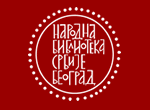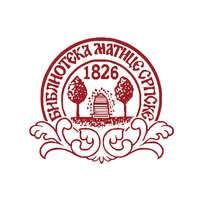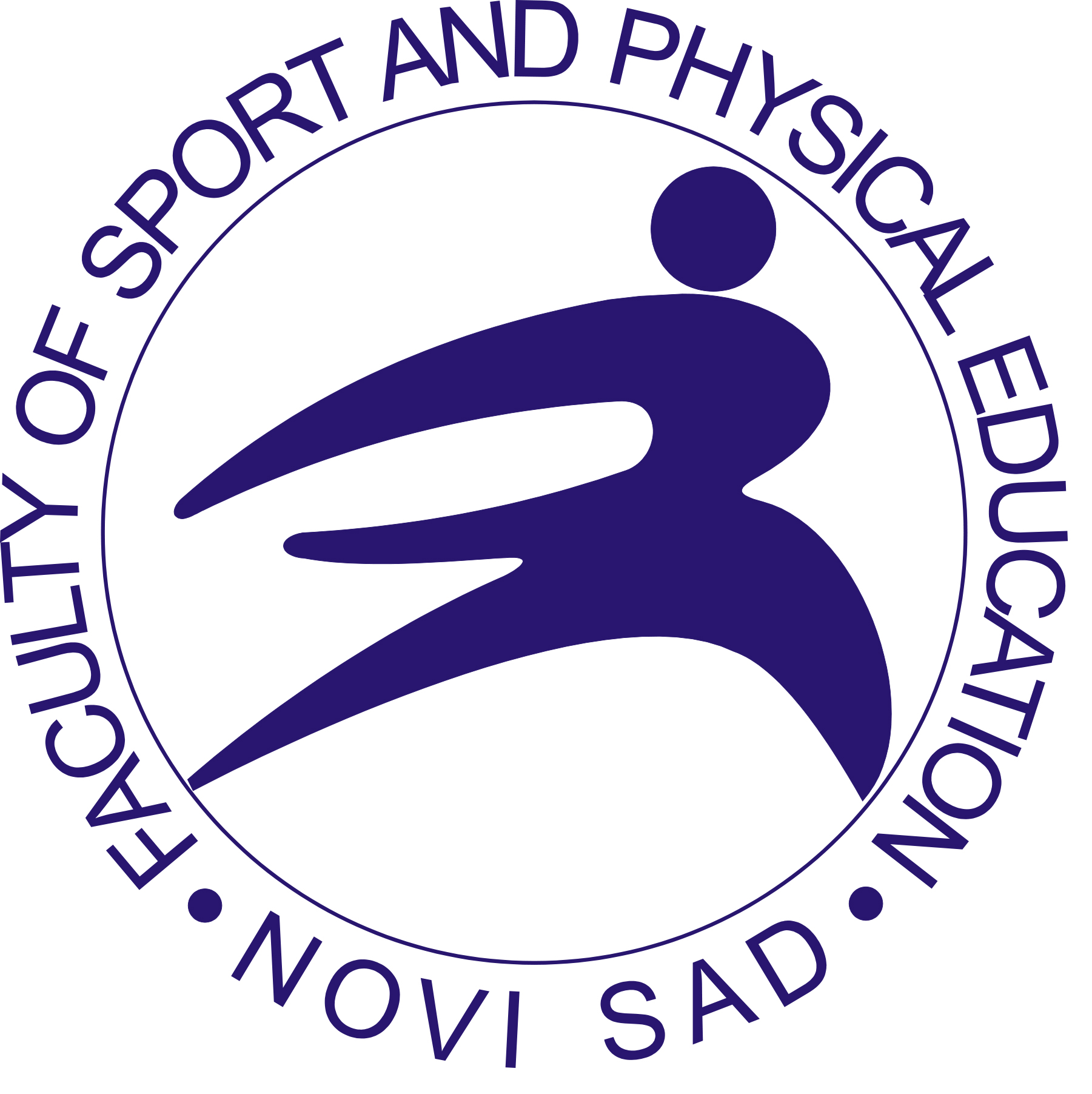
More articles from Volume 6, Issue 1, 2014
THE IMPORTANCE OF POSTURAL STATUS FOR THE HEALTH OF CHILDREN AND YOUTH
Physiotherapy aspect of diagnosis and treatment of postural disorders
DIFFERENCES IN INDICATORS OF POSTURAL STATUS BETWEEN BOYS AND GIRLS FROM SREM
SCOLIOSIS AND TREATING SCOLIOSIS WITH SCHROTH METHOD
FASCIA – THE FORGOTTEN TISSUE
DIFFERENCES IN INDICATORS OF POSTURAL STATUS BETWEEN BOYS AND GIRLS FROM SREM
Faculty of Sport and Physical Education, University of Novi Sad , Novi Sad , Serbia
Abstract
Improper seating, various forms of activities as well as certain endogenous and exogenous
factors negatively affecting on postural status and does not lead to any body improvements. A
healthy and good posture is the basic form for properly constructed mechanics and the assumption
of good statics and dynamics of whole body. Postural status was evaluated on the sample of 833
children, aged 4-13, from the population of Preschool institution and Elementary School in Municipality of Ruma, Stara Pazova, Sremska Mitrovica and Indjija. Two anthropometric measures and
CONTEMPLAS 3D system for evaluation postural status were applied. Parameters of postural status and trend were analysed wit basic descriptive statistics ANOVA and MANOVA. Result show
that almost 30% of all children have bad posture and there is a high number of those with weaker
body segments. Boys have better posture status than girls especially in legs deformity.
Keywords
References
Citation
Copyright

This work is licensed under a Creative Commons Attribution-NonCommercial-ShareAlike 4.0 International License.
Article metrics
The statements, opinions and data contained in the journal are solely those of the individual authors and contributors and not of the publisher and the editor(s). We stay neutral with regard to jurisdictional claims in published maps and institutional affiliations.
























